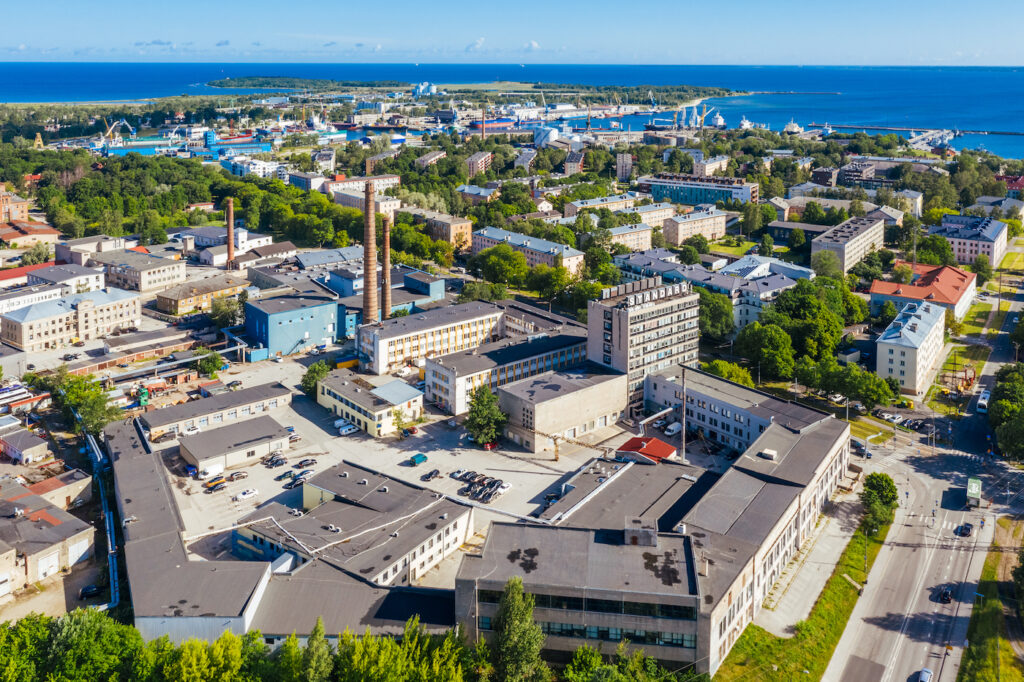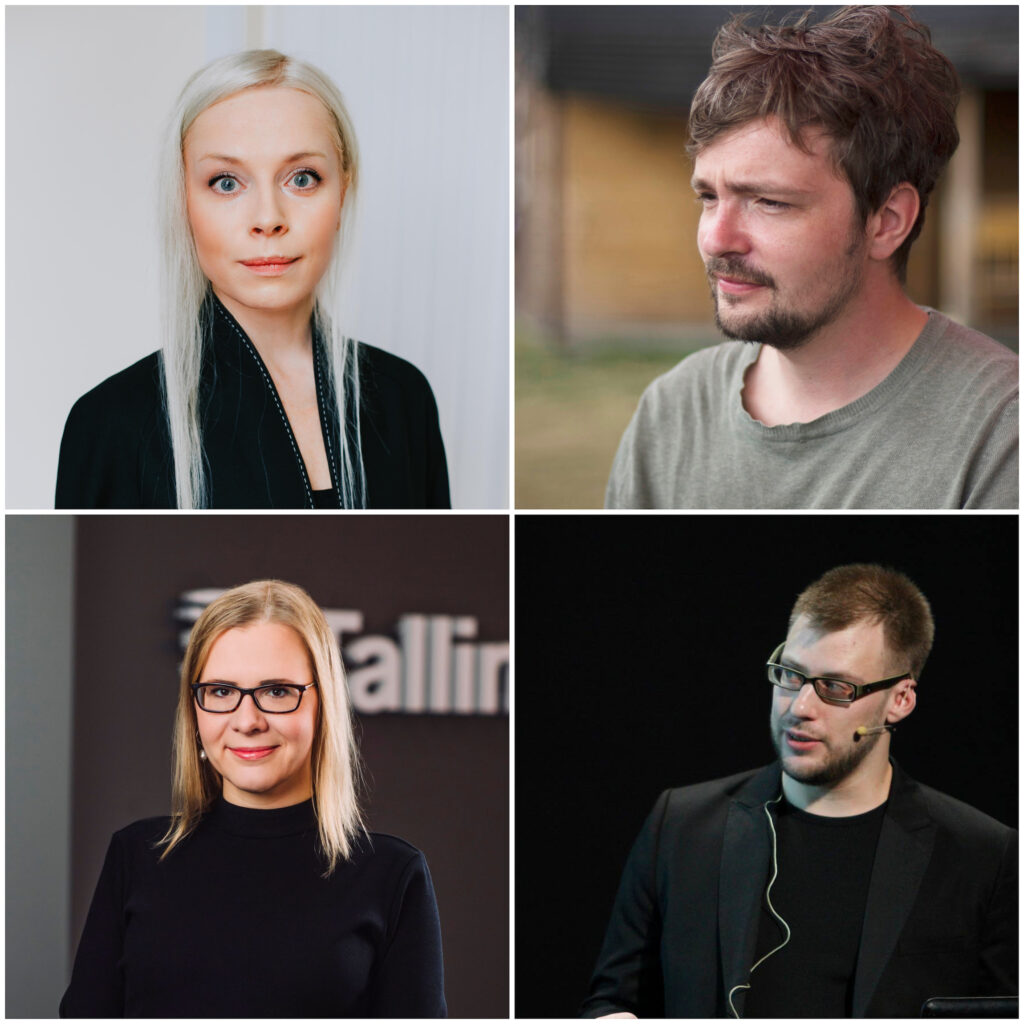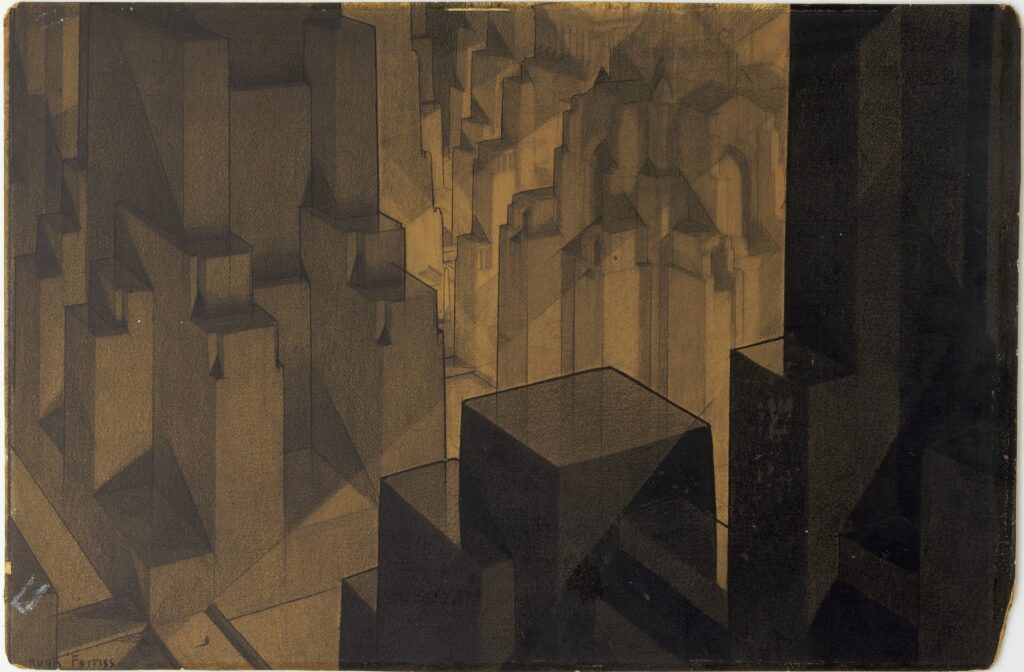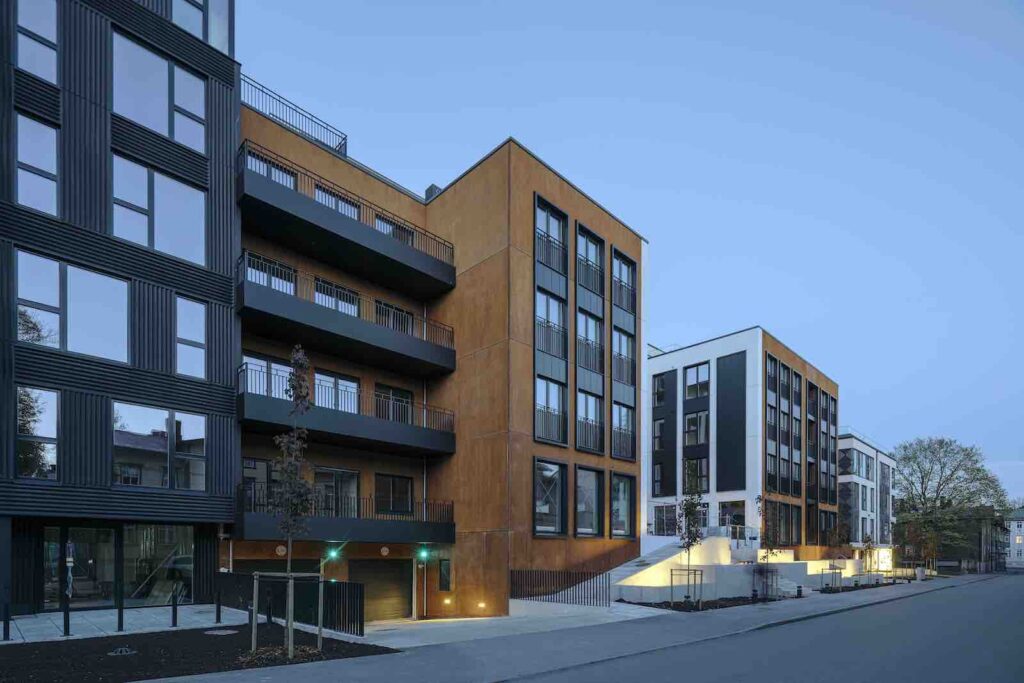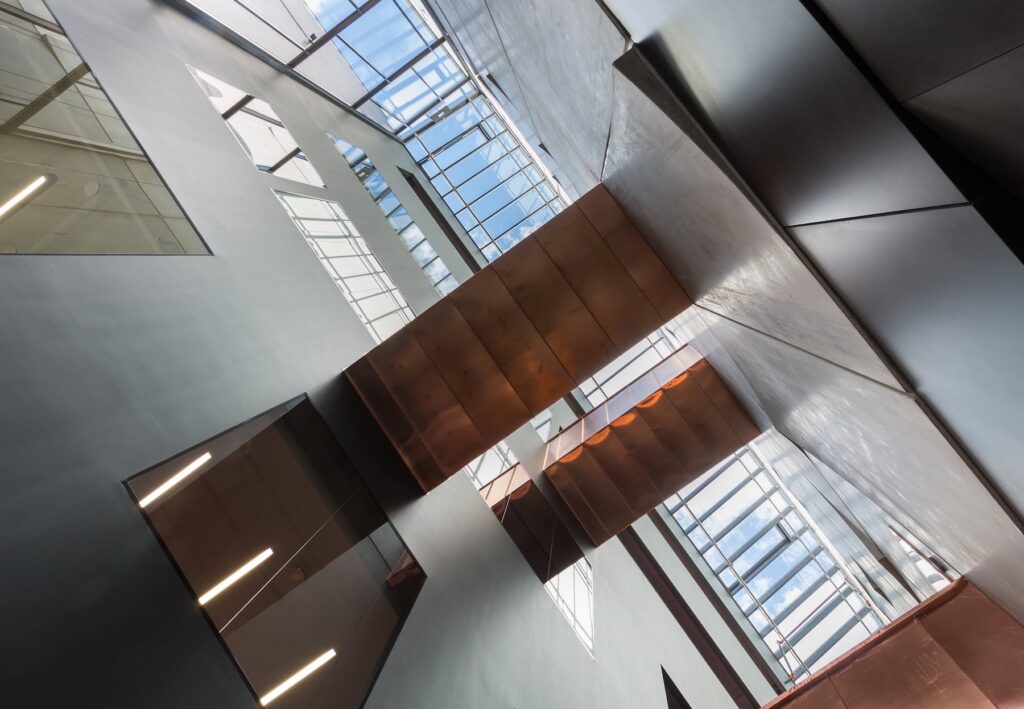SPATIAL DESIGN
The general plan for the Põhja-Tallinn city district is headed in the overall direction of diminishing the proportion of industry, increasing openness to the sea, developing the mobility environment via public transportation and bicycle traffic, and strengthening the blue-green network of the district.
Rotermann Quarter stands out for the diversity of its new-builds and reconstructed former industrial buildings. There is probably no other area in Estonia awarded with as many prizes as this one. Mathilda Viigimäe and Kristi Tšernilovksi shed light on the architectural development of Rotermann Quarter.
We are asking how the European Union, local government and the architectural office can contribute to the development of architectural thought?
What kinds of forces bear upon the process of creating a new urban area today? What urban development questions do we already have a grip on? What issues are we still grappling with and how? Indrek Allmann recounts the journey toward climate-neutral Paljassaare.
A building with a strong character is easy to hate. Or to love. Take, for example, Tallinn City Hall—few are indifferent to it. Many see the City Hall as an ingenious artificial landscape and urban stage, while others consider it a relict of the Soviet occupation that is unfit for a free Estonia, just like the Sakala Centre that was demolished in 2007. There are many other lesser or better known buildings from the Soviet period that are architecturally ambitious, but unacceptable to many for aesthetic or ideological reasons.
In the last few years, several public buildings with unexpected combinations of functions have been built in Estonia due to practical reasons, and soon, a series of state houses combining a kaleidoscopic array of institutions in smaller towns will follow. How do these public buildings reflect our present times, and how should they?
Over the course of the past thirty years, designing school spaces has migrated from being a marginally positioned subject matter to the centre of focus in the field of architecture, supported by scientific studies and continual research and development. The spaces for learning have acquired a new image and meaning.
What has taken place in the field of apartment building construction over the last 30 years? Indrek Rünkla draws out some of the more significant aspects from his own personal experience.
After the slow-burning and partly contestable success stories of Rotermann Quarter and Telliskivi Creative City, the eyes of Tallinners interested in urban design or just longing for a better urban space turned to Noblessner—the privately developed waterfront set to become one of the first chapters on the road to open the coastal areas of Tallinn to its citizens. Though far from complete, the lively quarter already offers a chance for a status report and an insight into the entrenchment of certain spatio-social tendencies in the Estonian real estate landscape.
In the past years we have seen the state’s increased interest in and expectations for interior design solutions as a conceptual whole. In order to discuss what we have achieved and where to proceed, the chairman of the management board of the Estonian Association of Interior Architects Pille Lausmäe-Lõoke was joined by the State Real Estate architect and former vice-president of the Estonian Association of Architects Kalle Komissarov and the spatial design project manager Kristiina Vasar.
Postitused otsas

